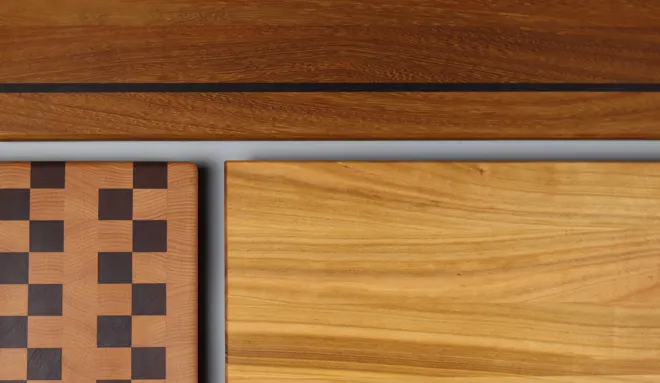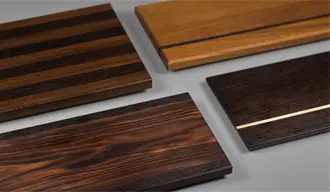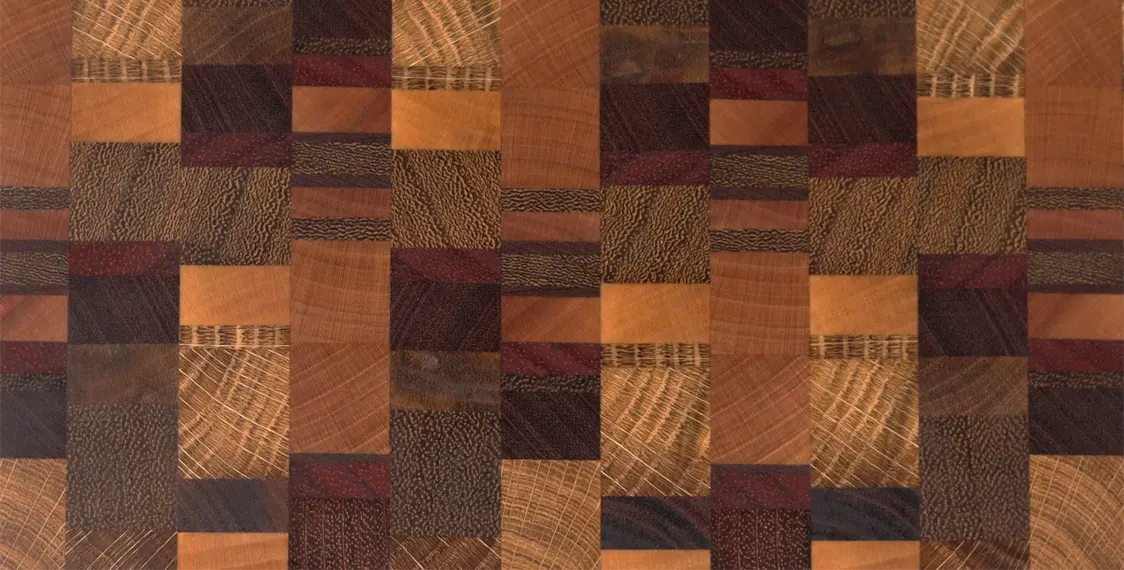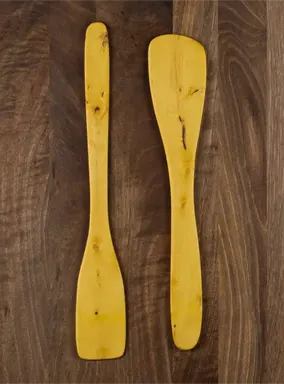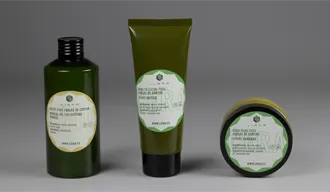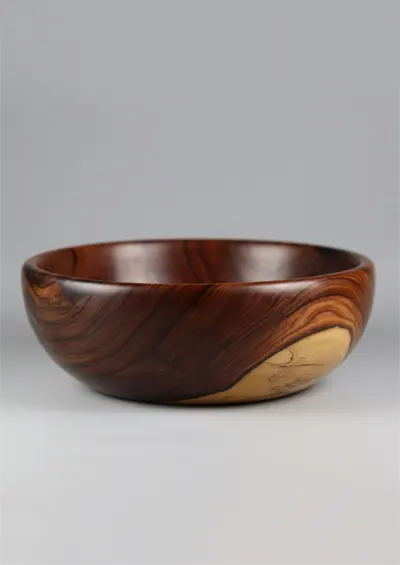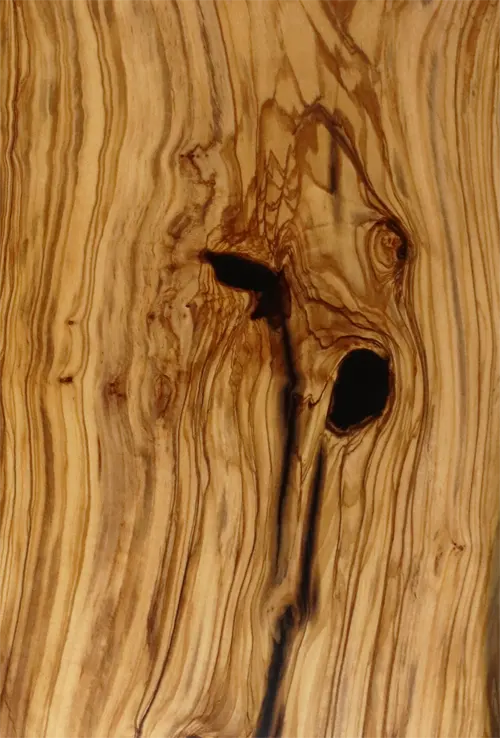10 Types of Wood: Complete Guide
Choosing the right wood is critical for the manufacture of cutting boards and cookware. There are a lot of terms to categorize types of wood.
Not all woods offer the same properties in terms of durability, hygiene and knife care.
In this guide, we’ll explore the different types of wood and their characteristics, helping you make informed decisions for your kitchen.
Hardwoods
Hardwoods are one of the most highly rated types of wood. They come from slow-growing trees and are known for their density and strength. They are ideal for cookware and for cabinetmaking due to their durability and ability to resist cuts and bumps.
- Walnut: With a dark color and attractive grains, walnut is hardy and has natural antibacterial properties. It is gentle on knives and offers a durable surface.
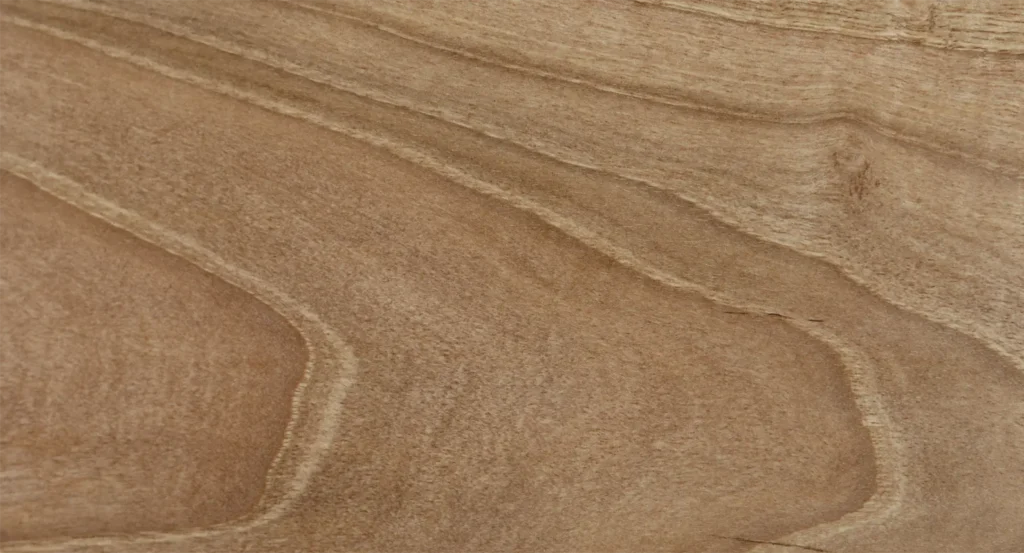
- Hard maple: Hard maple is a popular choice for its fine, closed grain, making it resistant to bacteria and easy to clean. Plus, it keeps knives sharp longer.
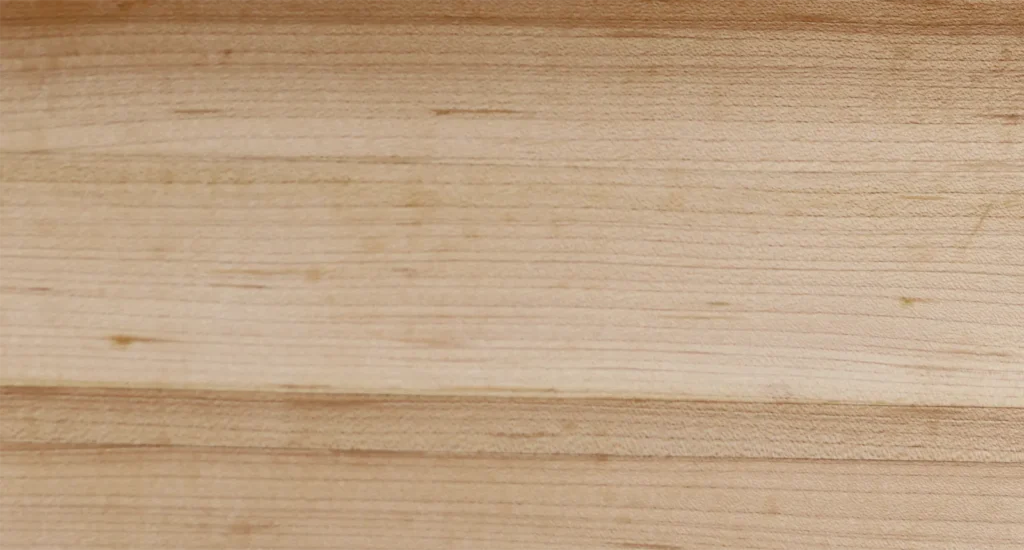
- Cherry: With a warm hue and even grain, cherry is long-lasting and develops an attractive patina over time.
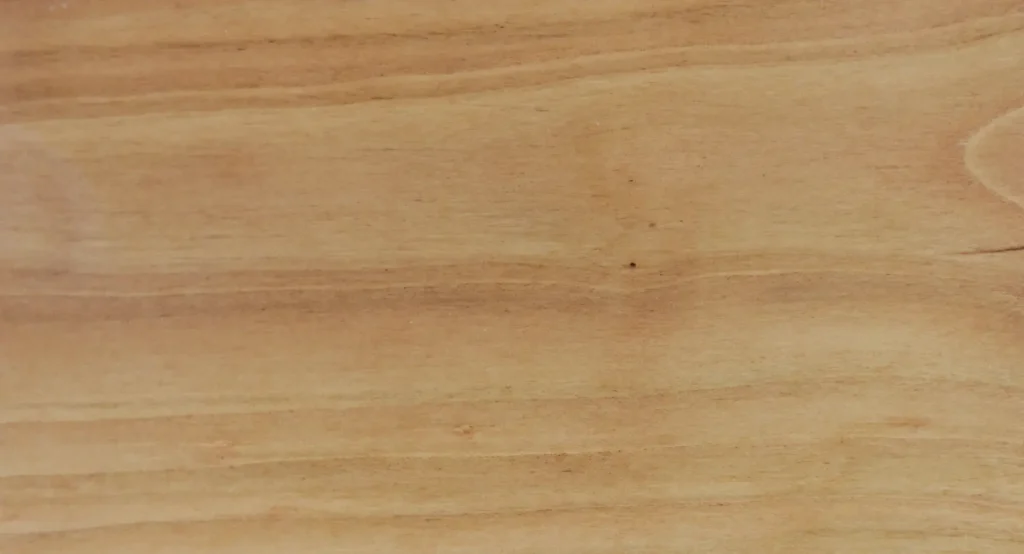
Softwoods
Softwoods come from fast-growing trees. Although they are lighter and easier to work with, they tend to be less durable and can absorb more moisture. It is one of the least recommended types of wood for kitchen utensils.
- Pine: Easy to find and inexpensive, but its softness makes it prone to deep cuts and absorption of liquids, which can harbor bacteria.
- Spruce: Similar to pine in characteristics, but with a more uniform texture. It requires careful maintenance to avoid deformation.
Exotic Woods
Exotic woods are those that come from tropical regions and offer unique colors and patterns. It is often used as a synonym for tropical woods, but in this case it has a more exclusive connotation.
However, some may contain natural oils that are not safe for contact with food.
- Teak: Resistant to water and bacteria, but its high oil content can affect the taste of food and dull knives.
- Lignum Vitae: Wood with extraordinary properties and great beauty. Its low availability and difficulty of work make it a coveted and exclusive wood.
Noble and Fine Woods
When we talk about noble and fine types of wood, we refer to those woods valued for their beauty, exclusivity and durability. They are ideal for high-end and presentation kitchen utensils.
- Olive: With distinctive veins and resistance to moisture, the olive tree is ideal for cutting boards and kitchen utensils. Its density makes it durable and stain-resistant.
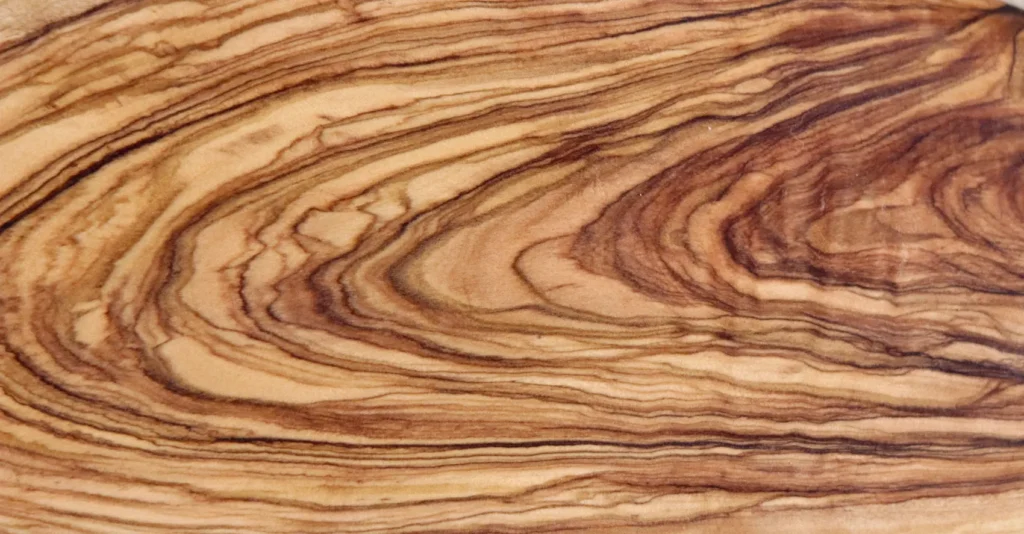
- Oak: Known for its resistance and natural antibacterial properties due to its high tannin content. It is a solid choice for cutting boards.

Other types of wood:
- Resinous woods: such as pine and spruce, they contain natural resins that can affect the taste of food and are more prone to warping in moisture.
- Leafy woods: they are slow growing like maple and oak, they are denser and more durable, which makes them more suitable for kitchen utensils.
- African woods: are those from the African continent, often also called exotic woods or tropical woods if they are found in the tropic zone.
- Tropical woods: are those that are located in the tropical zone throughout the entire planet. It includes woods such as bubinga or padouk.
- Coniferous woods: such as pine or spruce, they are softer and more porous, fast-growing woods. They are less suitable for cookware due to their tendency to absorb moisture and odors.
Learn more about hardwoods
Considerations When Choosing Wood Types for Cookware
- Hardness: Harder wood will resist cuts and bumps better, but can be more aggressive with knives.
- Porosity: Closed-grain woods are less likely to absorb moisture and bacteria.
- Sustainability: Opt for wood from sustainable and certified sources.
- Maintenance: Some woods require more care than others. Consider the time and effort you’re willing to put into maintenance.
Frequently Asked Questions (FAQ)
What is the best wood for a cutting board?
The most recommended woods for cutting boards are maple, walnut, cherry, oak and olive. These hardwoods offer an ideal combination of durability, resistance to bacteria and care for the edge of knives.
What types of wood is most hygienic for cookware?
Closed-grain woods, such as maple and walnut, are more hygienic due to their lower porosity, which reduces moisture absorption and bacteria growth.
Is it safe to use wooden cutting boards for raw meat?
Yes, as long as they are properly cleaned after each use. Wooden boards have natural antibacterial properties, but it is essential to disinfect them to avoid cross-contamination.
How should a wooden cutting board be cleaned?
It is recommended to wash the board by hand with warm water and mild soap, dry it immediately and regularly apply food-safe mineral oil to keep the wood in good condition.
What types of wood should be avoided in cookware?
It is advisable to avoid softwoods such as pine, as they are more prone to absorbing moisture and can warp over time. In addition, some exotic woods may contain oils or resins that are not safe for contact with food.
How often should you apply oil to a wooden cutting board?
It depends on the use, but it is generally recommended to apply oil once a month or when the wood looks dry or rough to the touch.
Can I put my wooden cutting board in the dishwasher?
No, the heat and humidity from the dishwasher can warp and crack the wood. It is best to wash wooden boards by hand and dry them immediately.
What is the difference between a grain and end cutting board?
Cross-grain boards have the wood fibers running horizontally, while end-grain boards have the fibers perpendicular, which offers greater durability and better knife edge protection.
Is it advisable to use the same board for all types of food?
It is preferable to have separate boards for different types of foods, such as raw meats and vegetables, to avoid cross-contamination. However, if proper cleaning is done, there should be no problem.
What kind of oil should I use to maintain my wooden cutting board?
It is recommended to use food-safe mineral oil, as it does not go rancid and is safe for contact with food.
Otras entradas del blog
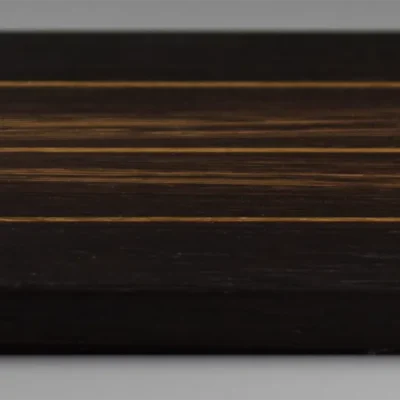
Wooden Sushi Boards: A Complete Guide to Authentic and Elegant Presentation
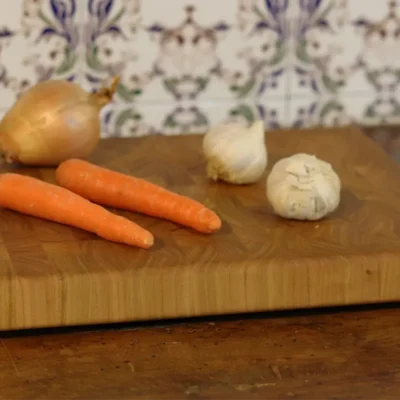
What size of wooden cutting board to choose?
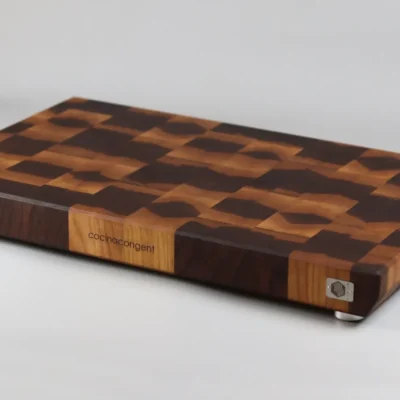
Dark Woods: Types, Characteristics and Uses
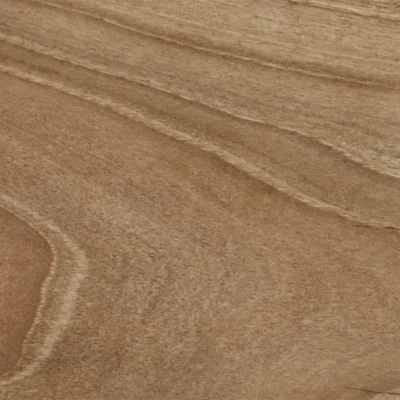
Solid Wood: Complete Guide
Nuestras tablas de cortar:
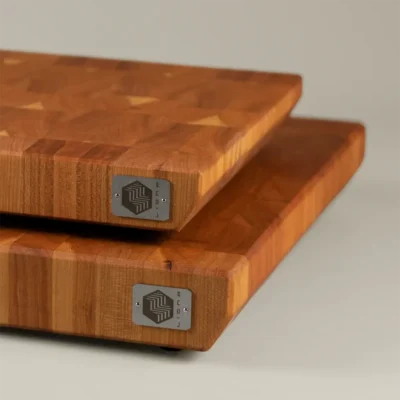
Pura
Cherry cherry butcher block
Pura
Cherrycherry butcher block
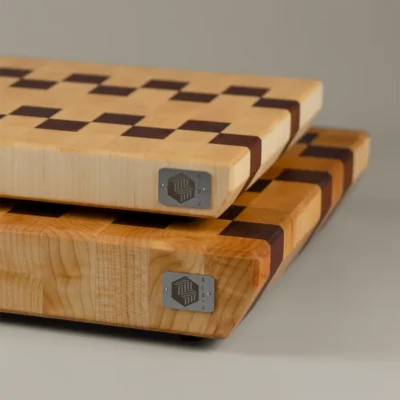
Rubra
butcher block
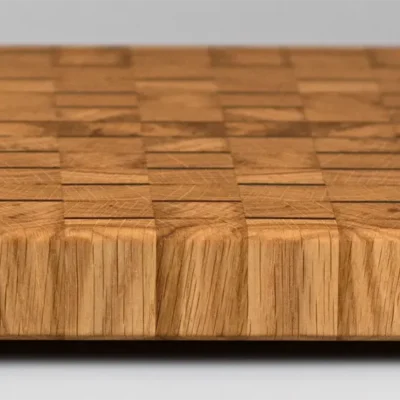
Summer endgrain Cutting Board
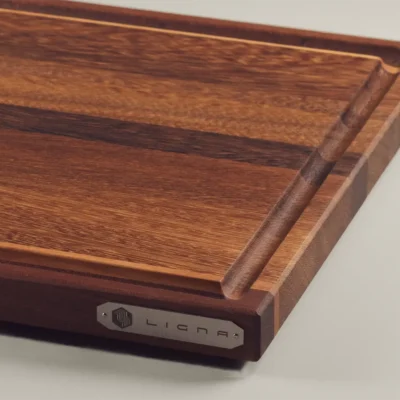
Chroma
large carving board
